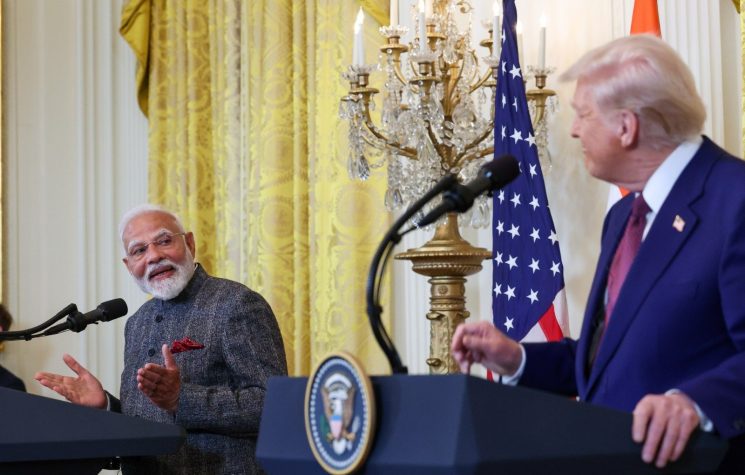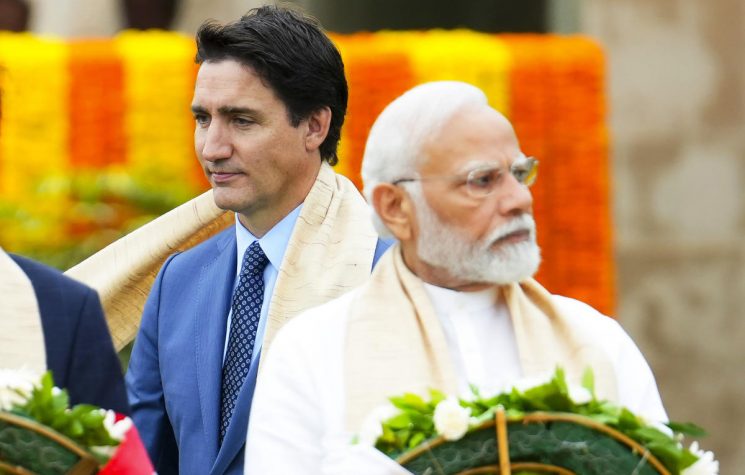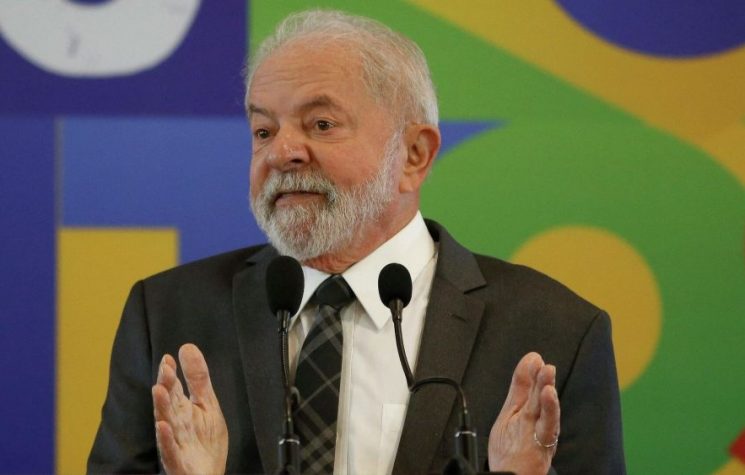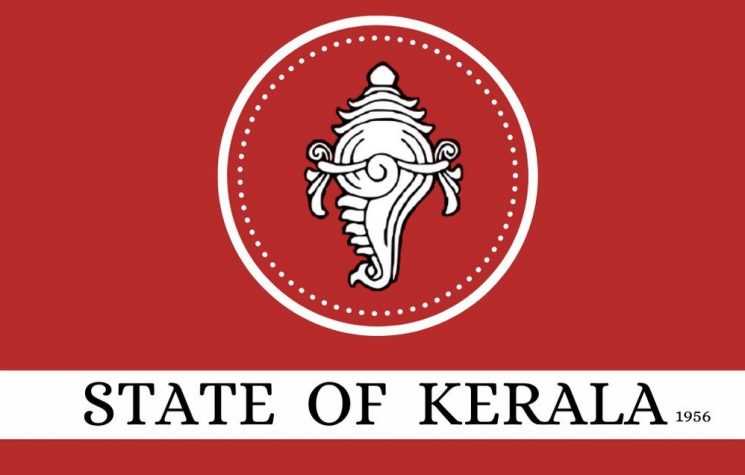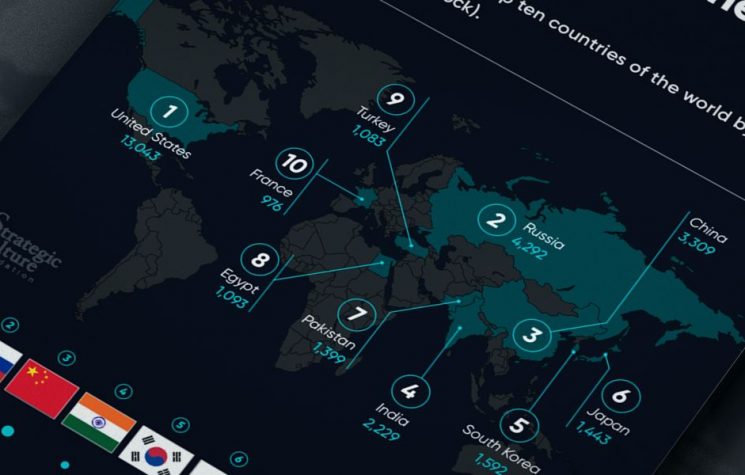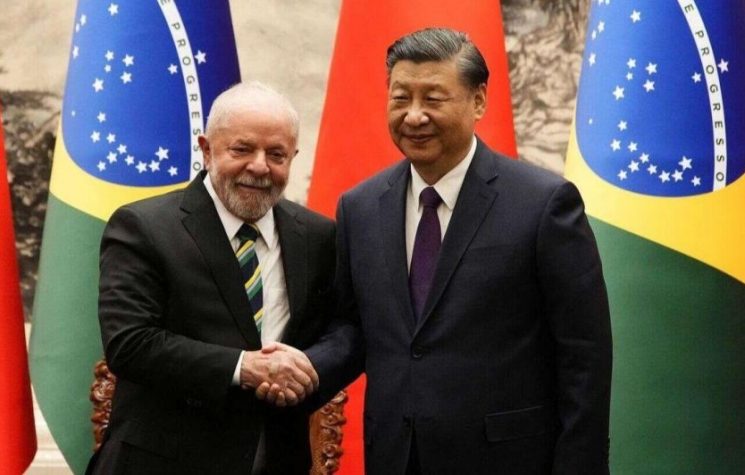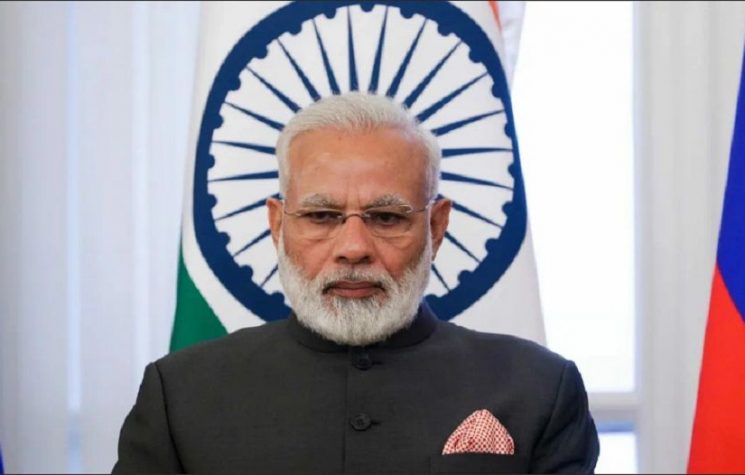Without a strong, cohesive and harmonious BRICS bloc, an organized, peaceful and cooperative multipolar world will be threatened.
Contact us: info@strategic-culture.su
There were many voices of concern and dismay at the announcement by the Russian Foreign Minister, Sergei Lavrov, declaring the temporary suspension of new accessions to the BRICS bloc. Dark clouds soon appeared over the multipolar world, especially when it was announced that there would be a waiting list of 40 countries willing to join the bloc. Was Lavrov’s announcement so unexpected?
Without a strong, cohesive and harmonious BRICS bloc, an organized, peaceful and cooperative multipolar world will be threatened. The ability to make economic cooperation (mainly) the backdrop against which contradictions between nations, unilaterally and bilaterally considered, will be sidelined in favor of a greater good, from which everyone equally benefits, is, in my opinion, the great strength of a bloc like the BRICS.
However, history tells us that empires don’t die in peace and that their replacement by new forms of government — not always more advanced — is almost never without setbacks and bumps in the road. That is why it is to be expected that the Western hegemonic power, led by the U.S., will continue, until its strength, to prevent collective understandings that weaken its dominance, is exhausted. The multipolar world is itself the negation of any hegemonic domination.
So, while everyone was able to witness president Lula da Silva’s drift, demanding from Bolivarian Venezuela what he doesn’t demand of any other country with elections — that it demonstrate that its institutions work, not in accordance with its respective national law, but in accordance with the Rules-Based Order — it is also true that this behavior startled everyone who, like me, longs and fights for a fairer world. The truth is that the Brazilian president’s slipping into the narrative sphere imposed by the U.S. and its “international” order raises many questions when it comes to BRICS.
Considering these facts, what is the status of Venezuela’s entry into the BRICS? Does Lula da Silva’s Brazil now have the moral conditions to accept Venezuela’s entry into the BRICS? What will be left of its image if it accepts, without impositions or conditions? Will he return to the support of a sovereign Venezuela? What fractures will came from a negative Brazilian attitude towards the entry of Bolivarian Venezuela in the bloc (that’s the one we’re talking about, the other one would never enter)? Wasn’t this Lula da Silva’s real coup? To create the political conditions to justify not accepting Venezuela’s entry into the BRICS? And who will benefit from this? What country, and what bloc, is interested in the world’s largest oil reserves not being integrated into a sphere of economic cooperation largely influenced by Russia and China? Certainly not Brazil.
Whether or not these questions have a material basis to support them, Lula da Silva’s position on the Venezuelan elections puts a deep dent in the future expansion of the BRICS in Latin America, since after Argentina, which declined, and Chile, whose president betrayed the trust of the Chilean people, Venezuela would be the next candidate. After all, once again, who will benefit from blocking the expansion of the BRICS in Latin and Central America?
Russia and China certainly won’t have liked this drift at all, and although they won’t say so, they won’t have failed to read it for what it is: an attempt to subject Venezuela to a political process that will bring it into the sphere of the U.S. “Rules-Based Order”. Placing that country in the limbo in which all the others find themselves, with the exception of Cuba and Nicaragua. They want to belong to the multipolar world, but they’re not allowed to; they could leave the rules-based order, but they don’t want to, or they don’t have the strength and courage to.
While these issues are among the serious contradictions to be faced by the bloc and which are unlikely to be answered at the conference scheduled for Kazan in October 2024, there is another process which, in my opinion, is much more pernicious and dangerous for the very existence of the bloc. A BRICS with its current characteristics and maintaining the capacity to unite political groups that are committed to the multilateralism. This is about the situation in India and the reasons behind Modi’s visit to Kiev, his embrace of Zelensky and the mistreatment suffered and swallowed by the president of the most populous country, at the hands of the former president of the country that has lost the most population in the world in such a short space of time. Some recent counts put Ukraine at 19 million inhabitants. In 1991 it had over 50 million!
Some Indian analysts have raised the possibility that President Modi visited Ukraine, among other things, because he needed to complete the modernization and maintenance of the Antonov fleet (40 An-32s in Ukraine and 65 in India), which has been underway since 2009. Apparently, according to the website The Print, the Russians are refusing to deliver parts so that Ukraine can complete the work on the five planes that are there. The other reason for the visit focused on cooperation in the naval industry, particularly in relation to ship engines used by India, whose Zorya-Mashproekt factory in Mykolaev was destroyed by Russian forces in 2022. According to the Indian Defense News website, Modi admitted Zelensky’s recriminations so that Bharat Forge would buy 51% of Zorya, thus guaranteeing the production of naval gas turbines. India is also taking part in the plundering of Ukraine. As it seems from the beginning, Modi was paying tribute in order to be allowed for India to take a share of Ukraine’s national wealth.
If you can see from this the caricature that result from the reasons why Modi went to Kiev to “kiss hands”, wanting to modernize his naval fleet in order to be able to stand up to his Chinese rival, there are other situations that not only put the interests of countries in the bloc in direct opposition (as in the case of India vs. China, in which India rushes militarily to catch up with China and serves as a destination for the relocations of companies that the U.S. wants to remove from PRC), but also, and above all, those that pit the interests of countries in the bloc against the direct interests of the enemies of multipolarity itself: the USA. On the other hand, the fact that India is installing Ukrainian turbines on Russian-made frigates (Project 11356 frigates to be delivered in the next two years) is absolutely significant in all this complexity).
India is currently a major exporter of light weapons, essentially. And who is its biggest buyer? The United States (France and Israel too). Much of this weaponry consists of ammunition, particularly 155mm ammunition, the ammunition most lacking in Ukraine. It’s good to see that Ukraine is now a destination for Indian ammunition, indirectly, if necessary, transiting from New Delhi to Washington and Paris and, there, replenishing stocks and freeing up others — or the same ones — to be thrown at its “strategic” Russian friend and partner. Do you want a bigger contradiction than that? India, directly and indirectly, buys military technology and supplies weapons that will be used by the army hired by NATO against Russia. India, now one of the world’s largest military exporters, has a direct interest in the Donbass war. A war waged by NATO against one important friend.
And if India’s “support” for Kiev, in itself, puts everything in very unethical and transparent terms, making hypocrisy and cynicism the main facilitators of bilateral and multilateral relations in the BRICS, what about the supply of Brahmos missiles, as also announced by The Print, to the Philippines? Brahmos missiles are supersonic cruise missiles (Mach 2.8) and were developed in a joint project with Russia. These missiles are also anti-ship and will be used by the Philippines against… China! But it doesn’t stop there: the Philippines is on its way to becoming the “Ukraine” of the South China Sea, used by the U.S. as a monumental naval base for its “containment” project against the Asian giant. Finally, the U.S. now has privileged access to one of Russia’s most advanced missile technologies. The new version of these missiles (the Brahmos II) is hypersonic and has evolved from the first version.
Now, when the contradictions are political, everyone has taken note; when they become economic, many have dismissed them; but now, the contradictions are becoming military and in the midst of a desperate arms race, from which not even Brazil escapes. We are all aware of the greed for Brazilian public arms companies felt by the countries of the Rules-Based Order. Brazil contributing to the bombing of Russia would not only be a betrayal, it would clarify the situation.
If we can’t find a solution to all these contradictions in the institutional and regulatory sphere, there will come a time when some clarity will emerge from this confusion. Some kind of synthesis will emerge from the thesis and the antithesis. For the time being, it is my opinion that Russia is the biggest stakeholder (at least momentarily) in the success of the BRICS. The second major stakeholder is China. The BRICS are a vaccine (like the Shanghai Cooperation Organization) against attempts to isolate these two countries from other countries with international clout. India and Brazil have a lot of interest in the BRICS, but this is diffusely considered in these countries and reconciled — almost never prioritized — with interests related to belonging to the Rules-Based Order (cases of the G20), in some extent, at least. South Africa is in a similar limbo, but with even less choice.
So, it won’t be easy to resolve these problems and what happens in Kazan will determine how deep Lula and Modi have buried the splinter in the heart of the organization. Time will tell to what extent each will push for — or bury — the organization. If it seems to us that Russia — and China — are pulling more than the others… that’s not good news for the multipolar world.
Let’s hope it’s nothing!
Note: this text was edited to include missing links.
















